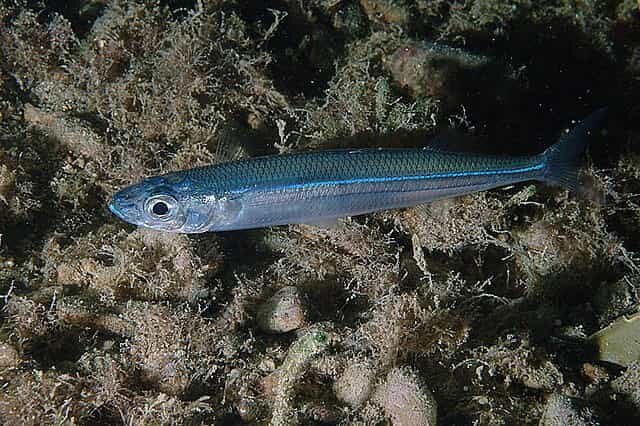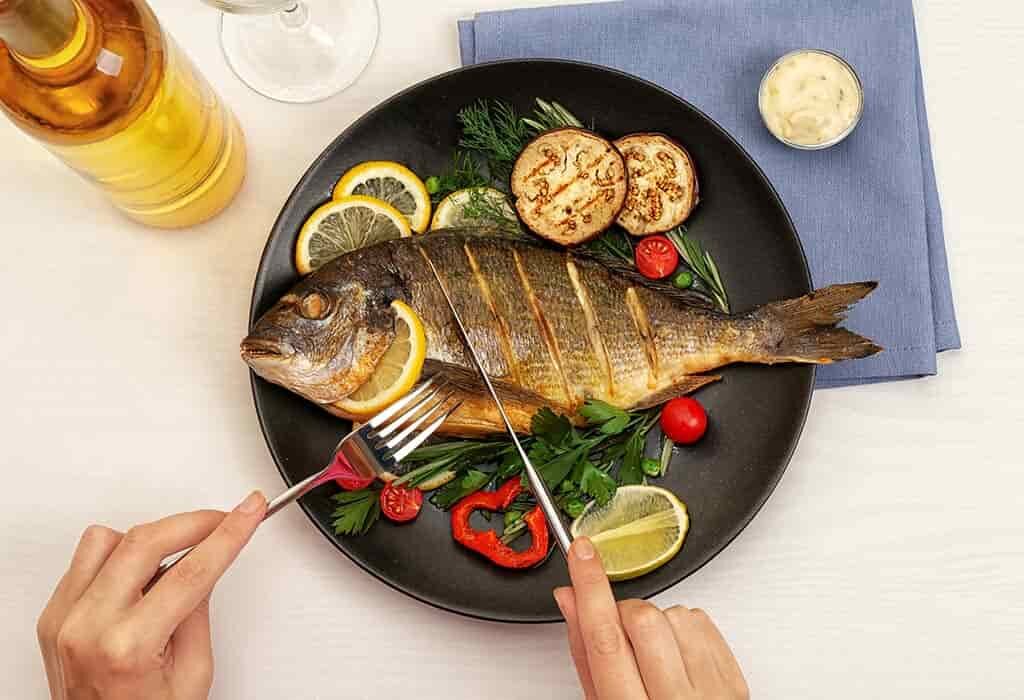I recently tried cindovies for the first time at a beachside restaurant. Their delicious taste, a mix of salty and savory flavors, made me want to cook with them at home. Now, I enjoy making simple cindovie dishes that remind me of that special seaside experience.
Cindovies are small fish from the Mediterranean Sea that are rich in nutrients like omega-3 fatty acids, protein, calcium, and iron. They can be enjoyed in various dishes and offer health benefits.
Discover the Mediterranean’s hidden treasure: Cindovies, the tiny fish with a big nutritional punch!
What are Cindovies?

Cindovies, also known as Mediterranean sand smelt or goby fish, are small silver-colored fish native to the Mediterranean Sea. Despite their diminutive size, these tiny treasures are packed with essential nutrients and have been consumed for centuries due to their rich flavor and numerous health benefits.
Typically measuring just a few inches in length, cindovies are enjoyed whole, including their bones and organs. They offer a wealth of nutrients such as omega-3 fatty acids, protein, calcium, iron, and vitamin D.
Known for their umami taste profile with hints of brininess and sweetness, cindovies can add depth and complexity to various dishes, from grilled delicacies to pasta and salads.
Moreover, with a growing interest in sustainable seafood options, cindovies are gaining popularity not only for their taste but also for being an eco-friendly choice due to their abundance in the wild.
How Do People Eat Cindovies?
Cindovies, with their versatility and rich flavor profile, are enjoyed in myriad ways across culinary traditions. These diminutive yet nutrient-packed fish are often grilled to perfection, enhancing their natural brininess and delivering a satisfying crunch when served atop toast or crostini.
They are also commonly incorporated into pasta dishes, salads, and pizzas, infusing each bite with a delightful umami taste. Beyond these classic preparations, creative cooks explore innovative uses for cindovies, blending them into dips, spreads, or sauces to add a unique savory depth to their creations.
Whether as a standalone ingredient or a flavor enhancer, cindovies offer endless possibilities in the kitchen, transforming ordinary meals into extraordinary culinary experiences.
From casual snacks to gourmet delicacies, these tiny treasures from the Mediterranean Sea continue to captivate taste buds and inspire culinary adventures worldwide.
The Benefits of Eating Cindovies:

Nutrient Powerhouse:
Despite their small size, cindovies pack a big nutritional punch. They are rich in omega-3 fatty acids, which help reduce inflammation and support heart health. Additionally, cindovies are a great source of protein, crucial for muscle repair and growth.
Bone and Teeth Strength:
Cindovies are not only packed with flavor but also contain calcium, which is vital for maintaining strong bones and teeth. This nutrient is particularly crucial for children’s growth and development, ensuring they have the foundation for healthy bones and teeth as they grow older.
Energy Boost:
Rich in iron, cindovies play a crucial role in transporting oxygen throughout your body, which can help combat fatigue and increase energy levels.
By incorporating cindovies into your diet, you’re giving your body the nutrients it needs to stay energized and active throughout the day, promoting overall well-being and vitality.
Overall Wellness:
Integrating cindovies into your meals not only enhances flavor but also boosts your overall wellness by providing a plethora of essential nutrients vital for optimal health. From supporting heart health to aiding in muscle repair.
Eco-Friendly Choice:
Choosing to include cindovies in your diet not only offers health benefits but also contributes to sustainable fishing methods, aligning with eco-conscious values.
By opting for these tiny treasures from the sea, you’re making a positive impact on the environment and supporting responsible seafood consumption practices.
When Can We Eat Cindovies?
Cindovies are versatile and can be enjoyed at any time of the day. Whether it’s breakfast, lunch, or dinner, these tiny fish can add a flavorful twist to your meal. Here are some occasions when you can enjoy cindovies:
Breakfast:
Start your day with a nutritious boost by adding cindovies to your morning omelet or scramble. Their savory flavor pairs well with eggs and can help kick-start your day with a protein-packed meal.
Lunch:
Spice up your midday meal by incorporating cindovies into salads or sandwiches. Their salty taste adds a delicious depth to simple dishes, making your lunchtime more satisfying and enjoyable.
Dinner:
Create a memorable dinner experience by featuring cindovies as a star ingredient in pasta dishes, pizzas, or seafood platters. Their versatility allows them to complement a wide range of flavors, turning an ordinary dinner into a culinary delight.
Snacks:
When hunger strikes, reach for cindovies for a quick and nutritious snack. Enjoy them straight out of the jar for a burst of savory flavor or pair them with crackers and cheese for a satisfying treat between meals.
With their delicious taste and convenient versatility, cindovies are the perfect choice for on-the-go snacking that nourishes and satisfies.
Fun Cindovie Recipes:

Looking to add some excitement to your meals? Try these fun and easy cindovie recipes that will tantalize your taste buds:
Cindovie Salad:
Combine a vibrant mix of fresh lettuce, juicy cherry tomatoes, crisp cucumber slices, and briny olives in a large salad bowl.the flavors with the addition of succulent grilled cindovies and a zesty lemon vinaigrette, creating a refreshing and nutrient-rich salad that delights the senses with every bite.
Cindovie Pizza:
Spread tomato sauce on a pizza crust and sprinkle with mozzarella cheese. Add sliced bell peppers, onions, and olives, then scatter grilled cindovies on top. Bake until the cheese is melted and bubbly for a savory pizza with a Mediterranean twist.
Cindovie Pasta:
Cook spaghetti according to package instructions. In a skillet, sauté garlic and chili flakes in olive oil until fragrant. Add cooked spaghetti to the skillet and toss with chopped parsley and grilled cindovies. Finish with a squeeze of lemon juice for a simple yet flavorful pasta dish.
Cindovie:
For a delectable appetizer, prepare a flavorful tapenade by blending grilled cindovies with briny black olives, tangy capers, aromatic garlic, and luscious olive oil until velvety smooth.
This savory spread pairs beautifully with crisp crostini or crunchy crackers, offering a sophisticated yet effortless option for entertaining guests or enjoy.
- Read More: Pépico – taste the difference!
FAQS:
1. What do Cindovies taste like?
Cindovies have a distinct umami taste profile with hints of brininess and sweetness, adding depth and complexity to dishes they are included in.
2. Are Cindovies sustainable?
Yes, cindovies are considered a sustainable seafood option due to their abundance in the wild and traditional fishing methods used to harvest them, which help maintain the balance of the marine ecosystem.
3. Where can I buy Cindovies?
Cindovies are available in specialty grocery stores, fish markets, and online seafood retailers. They may also be found in Mediterranean cuisine-focused restaurants.
4. Are Cindovies suitable for people with dietary restrictions?
Cindovies are a natural seafood option and are generally suitable for most dietary preferences. However, individuals with specific allergies or dietary restrictions should consult with a healthcare professional before incorporating them into their diet.
Conclusion:
Cindovies, small fish from the Mediterranean, are packed with omega-3s, protein, calcium, and iron. Versatile and nutritious, they enhance dishes and promote health.
Read More:



